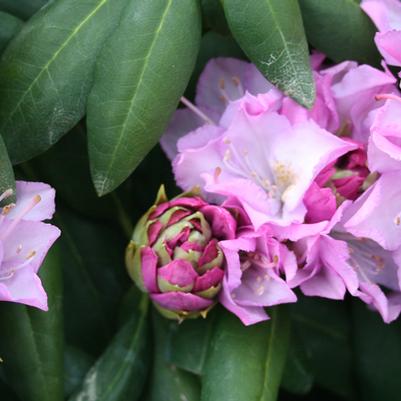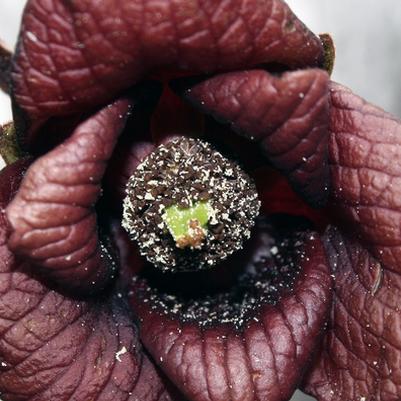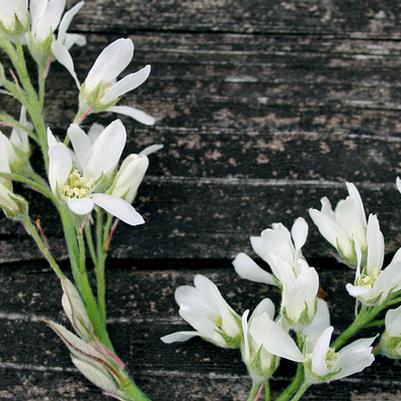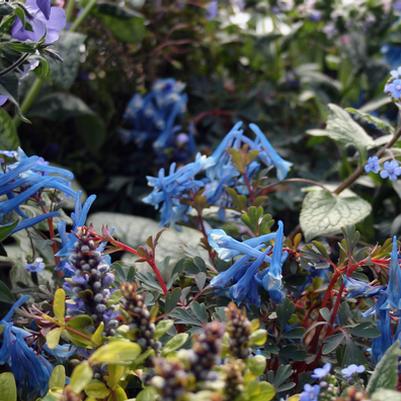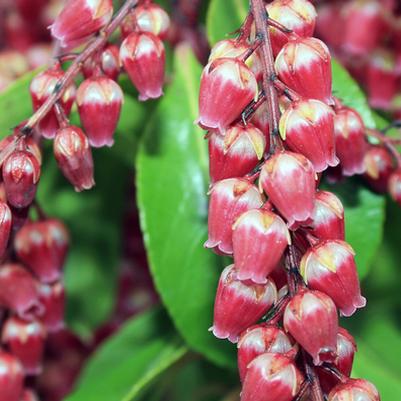All Roads Lead to Rhododendron
We’ve made it to azalea season! With spring fully underway, the nursery is bustling with pops of color appearing everywhere from the canopies to the understories, killdeer frantically attempting to make gravel nests along the edges of the newly plastic-less production houses, and the fluctuating warm and cold weather that seems to be keeping us on our toes constantly. As deciduous trees and shrubs unfurl leaf buds and evergreen plants start to push new growth, amongst them are some of the most notorious and recognizable species to even the greenest of plant novices. The Rhododendron genus is comprised of true rhododendrons, or “rhodies” as we’ll affectionately call them going forward, as well as the azalea group which share a genera name and some physiological attributes with true rhodies but for all intents and purposes are completely different plants. In fact, deciduous azaleas are actually a subgenus of rhododendron, which means that all azaleas are rhododendrons, but all rhododendrons are not azaleas – kind of like how a square is a type of rectangle, but rectangles are not considered squares. You get it.

